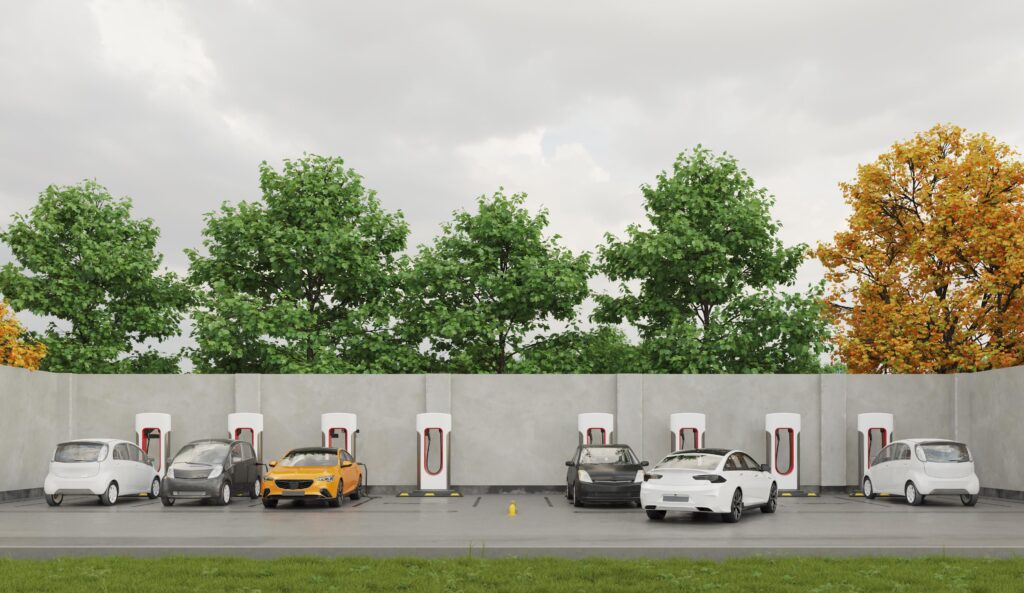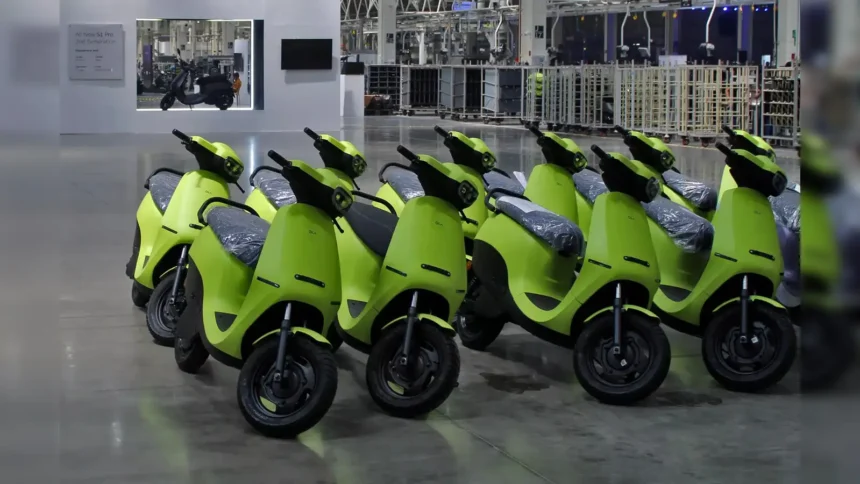India’s electric vehicle (EV) sector is evolving rapidly, with two-wheelers leading the adoption wave. Backed by government subsidies, innovative technologies, and an expanding charging network, the EV market is becoming more attractive to both consumers and manufacturers. However, with subsidies being phased down and infrastructure still catching up, the transition is at a critical stage. The next few years will decide how quickly India can move towards cleaner, more sustainable mobility.
Electric Two-Wheelers (2Ws)
-
Rare-earth-free motors: Simple Energy, a Bengaluru-based EV maker, has developed motors that do not rely on heavy rare earth elements. This is important because rare earths are expensive and supply is often volatile. This helps improve the sustainability and cost stability of future scooters.
-
Market expectations: Companies expect EVs to comprise a much higher share of the 2-wheeler market. For example, Ather Energy projects up to 40% of two-wheelers could be electric by 2031.
-
Retrofitting push: There is talk, especially in Delhi, about giving incentives to retrofit old petrol/diesel vehicles with electric powertrains. While mostly discussed in context of cars, it reflects a broader trend of trying to reuse existing vehicles instead of full replacements.
Subsidies

-
PM E-DRIVE scheme: This is the major central government programme replacing / succeeding FAME II etc. It has a budget of ₹10,900 crore (for 2024-2026) focused on accelerating EV adoption, charging infrastructure, and supporting domestic EV manufacturing.
-
Reduced subsidies over time: Key point: for two-wheelers and three-wheelers, the per-kWh incentive is set to fall. For example, electric 2Ws registered after 1 April 2025 get ₹2,500/kWh. Earlier (or under older scheme) rates were higher.
-
Local sourcing (“localisation”) norms: Starting April 2025, stricter norms for “domestic value addition” come into force. To get subsidy under PM E-DRIVE (for EVs and charging stations), a certain percent of components and sub-assemblies must be sourced/assembled in India.
-
Timeline / sunset clauses: Subsidies for registered electric 2Ws, 3Ws, etc., under PM E-DRIVE are only available until 31 March 2026. The scheme overall runs till 2028, but some specific benefits (or categories) will not continue after 2026.
-
State + local policies: Some cities or municipalities are adding their own EV-friendly policies. For example:
-
Surat launched a “Green Vehicle Policy-2025” giving direct incentives (₹3,000 up to ₹1,00,000), vehicle tax waivers for 5 years, reserved parking, environmental charge exemptions etc.
-
Ahmedabad requires EV chargers in new tall buildings: all parking slots in towers over 100m must have EV charging, while in commercial towers one charger for every five slots.
-
Charging Infrastructure

-
Rapid growth but still inadequate: Public charging stations have grown ~5-fold from FY22 to early FY25. From around 5,151 in 2022 → ~26,367 by early 2025.
However, ratio is still low: around 1 public charger per 235 EVs, indicating much more scaling needed. -
PM E-DRIVE’s infrastructure component: Under PM E-DRIVE, there’s a chunk (₹2,000 crore) earmarked for charging stations and battery-swapping infrastructure. Government aims to increase public EV charging stations from ~32,500 to ~72,300 by end of 2025-26.
-
Corporate expansion: For example, Tata Motors is expanding its “Mega Chargers” (fast charging ~120 kW) network to 500 locations across India by 2027.
-
New tech & mandates:
-
IISc + Delta Electronics have developed a compact fast-charging solution (over 1 MW capacity) to reduce space/infrastructure requirements. This helps in areas where installing full scale chargers is difficult.
-
Policies in cities require installation of EV chargers in all new large buildings / towers etc. as mentioned (Ahmedabad).
-
-
Delays & implementation issues: There are notable challenges. For example in Ludhiana, even though selected under the PM eBus Sewa scheme to get 100 electric buses, construction of charging depots is delayed. Depots required for charging infrastructure are stalled because of bureaucratic / tendering delays etc.
What to Watch / Key Gaps

-
Ratio of chargers to EVs: Even with growth, there aren’t enough public charging stations. If EV adoption rises fast (especially 2Ws + 3Ws), the infrastructure gap could become a bottleneck.
-
Subsidy phase-downs: As incentives reduce, cost competitiveness of EV 2Ws will increasingly depend on battery costs, local manufacturing efficiencies, and residual value.
-
Local manufacturing / supply chains: With localization norms, companies will need either to develop their supply base in India or risk losing subsidy benefits.
-
Grid capacity & smart charging: As charging demand increases (especially fast charging), the load on electric grids and distribution infrastructure will also increase. Smart charging, demand-response, time-of-use rates, etc., will become more important.
-
Regulatory / policy consistency at state + city levels: Central rules help, but many benefits (registration, tax, parking, local incentives) depend on state/city policies. Where states are proactive, things move faster.







